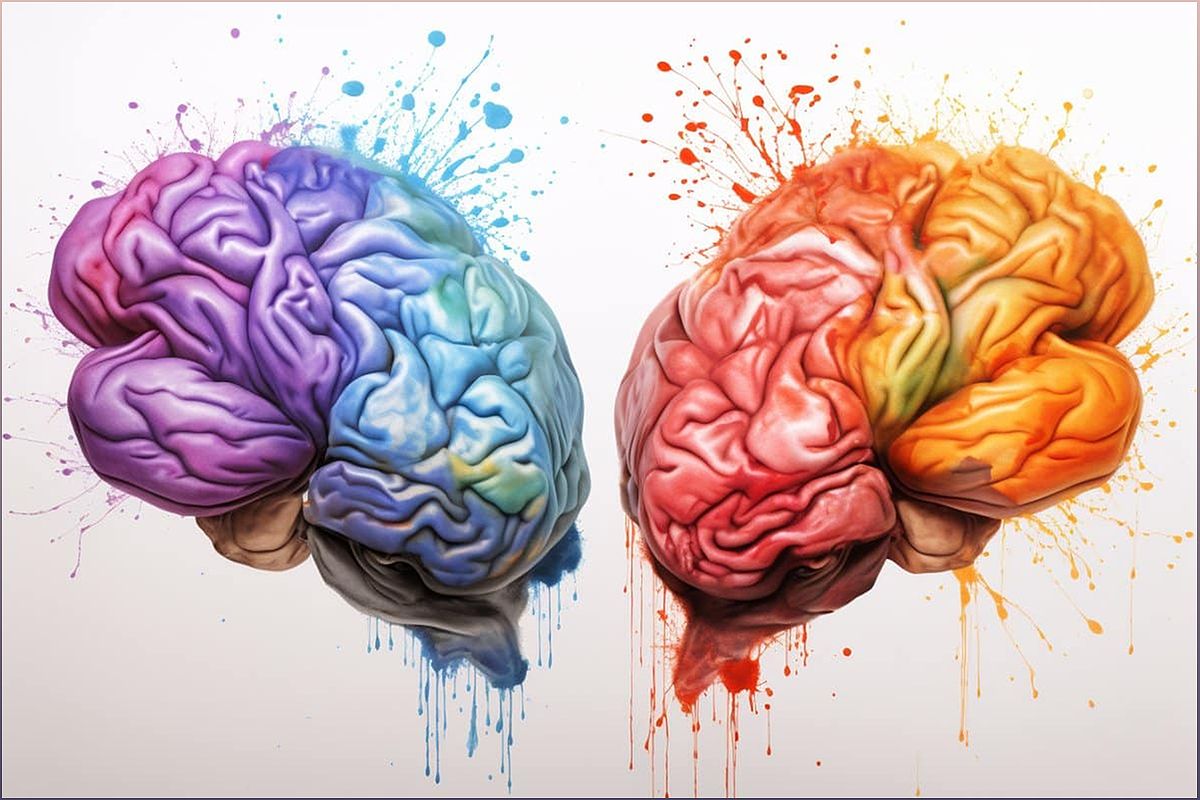Uncover the intriguing results of a groundbreaking study that delves into the way color perception evolves as we age. This study, led by researchers from UCL, sheds light on the differences in how the brains of older adults and younger adults perceive color. Dive into the details of the experiment, which involved measuring the pupil responses of participants to various colors. The findings challenge the notion that color perception remains constant throughout life and suggest that it gradually fades as we grow older. Gain insights into the implications of these discoveries for understanding aging and dementia, and explore the potential impact on fashion, décor, and diseases of the aging brain.
The Impact of Age on Color Perception
As we age, our perception of color undergoes subtle changes that can have a significant impact on how we experience the world around us. The study conducted by researchers from UCL highlights the differences in color perception between older and younger adults.
The findings reveal that the pupils of older adults constrict less in response to certain colors, particularly green and magenta hues. This suggests a decline in the body's sensitivity to color saturation levels within the primary visual cortex as we grow older.
Understanding the changes in color perception associated with aging can provide valuable insights into the aging process and its potential implications for conditions such as dementia. Further research in this area can help us develop a deeper understanding of how our perception of color evolves over time.
The Experimental Setup
The researchers recruited 17 young adults with an average age of 27.7 and 20 older adults with an average age of 64.4 for the study. The participants were placed in a blackout room and shown 26 different colors for five seconds each.
During the experiment, the researchers measured the diameter of the participants' pupils to assess their response to different aspects of color. This allowed them to compare how the pupils of younger and older individuals reacted to color chroma and lightness.
The results showed that while both age groups had similar responses to the lightness of a color shade, the pupils of older adults constricted less in response to color chroma, particularly for green and magenta hues.
Challenging the Belief of Constant Color Perception
Traditionally, it was believed that color perception remains stable throughout life. However, this study provides evidence to the contrary, suggesting that color perception gradually fades as we age.
The decline in color sensitivity observed in older adults may be attributed to changes in the brain's ability to process and interpret visual information. Specifically, there is a decline in the body's sensitivity to the saturation levels of colors within the primary visual cortex.
These findings challenge our understanding of color perception and highlight the need for further research to fully comprehend the functional neuroanatomy behind these changes.
Implications for Aging and Dementia
The study's findings have significant implications for our understanding of the aging brain and its relationship to conditions such as dementia. The decline in color sensitivity observed in older adults may be indicative of broader changes in cognitive function.
By studying the changes in color perception associated with aging, researchers can potentially develop new strategies for early detection and intervention in age-related cognitive decline and neurodegenerative diseases.
Additionally, these findings may also have implications for industries such as fashion and décor, as understanding how color perception changes with age can inform design choices that cater to older adults.

